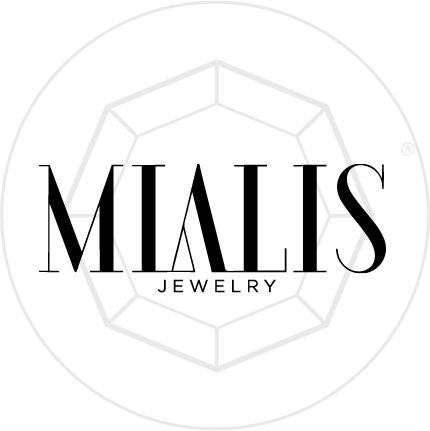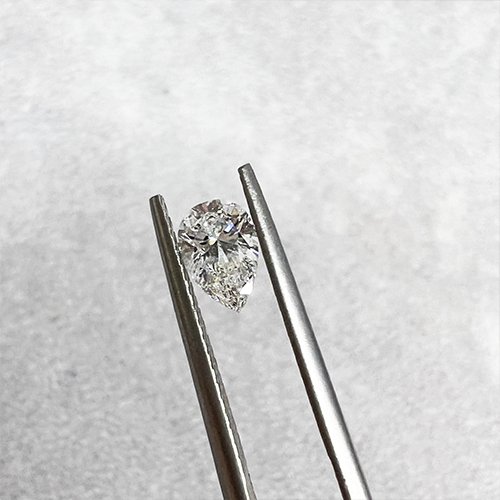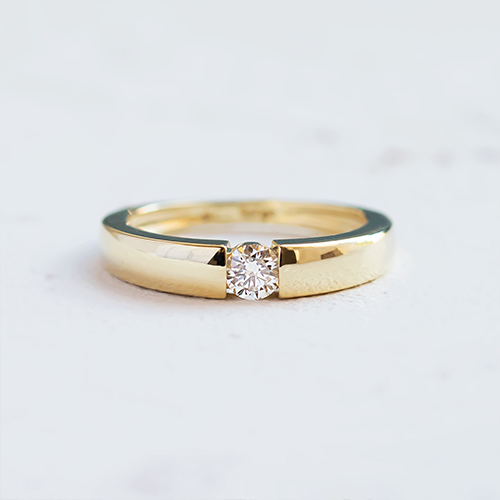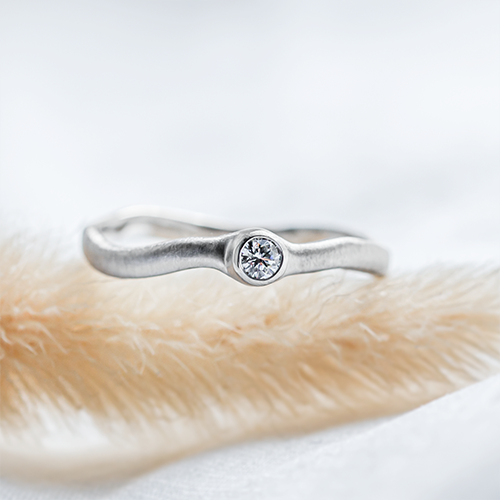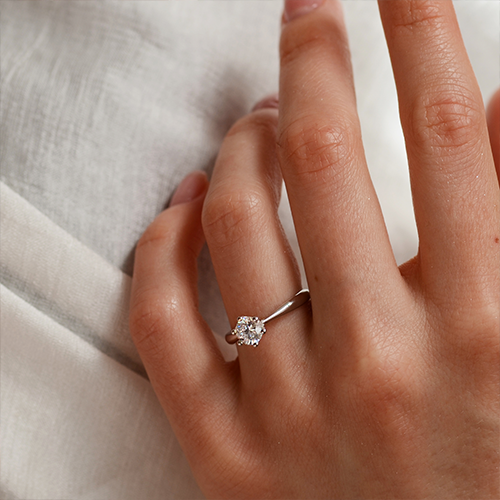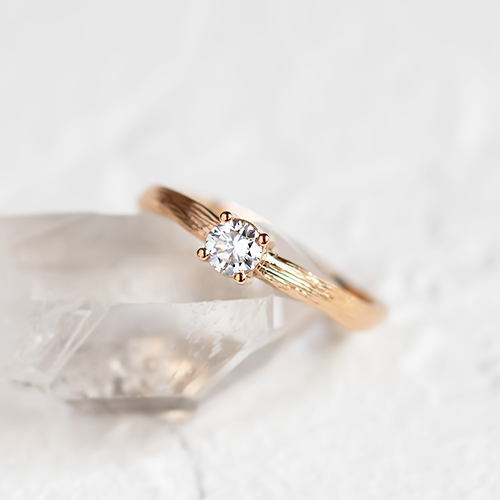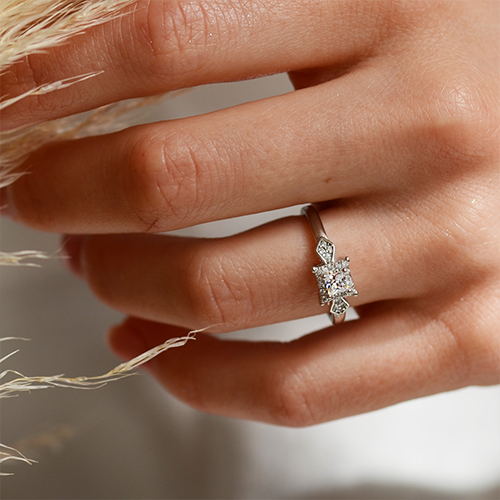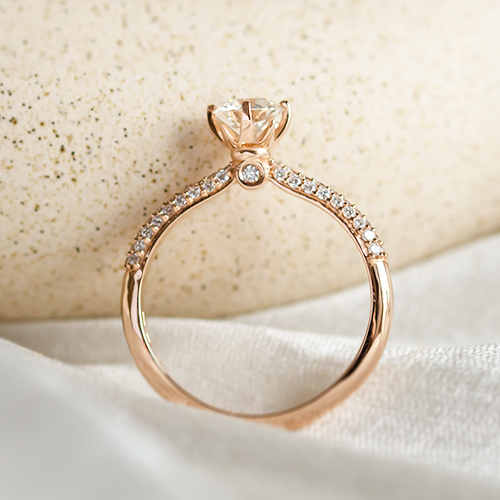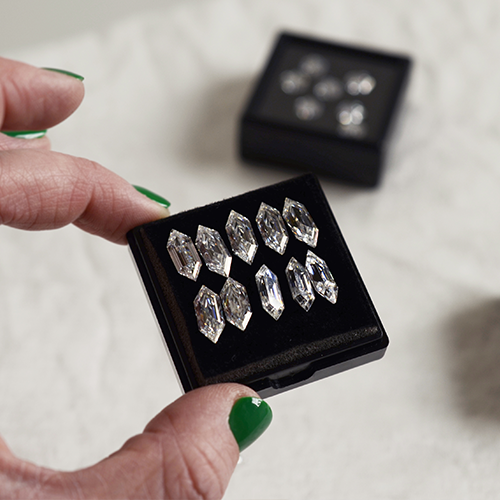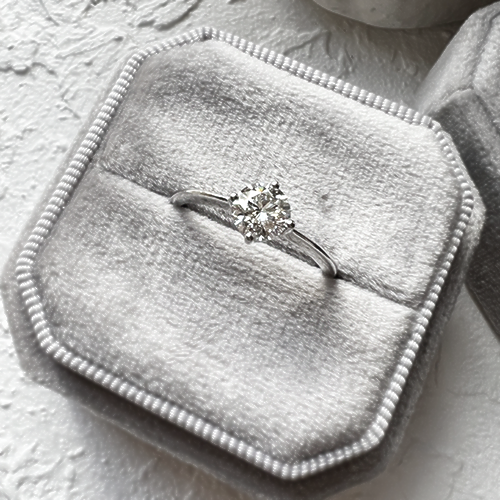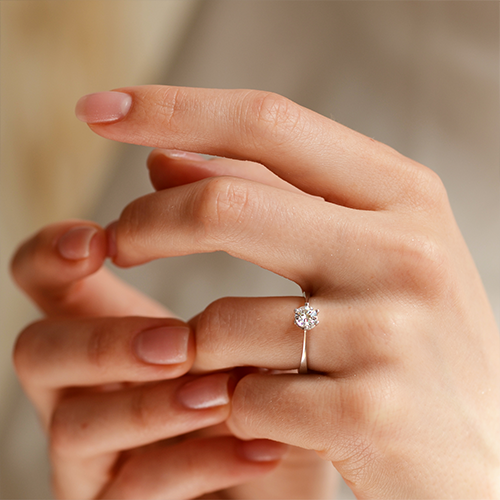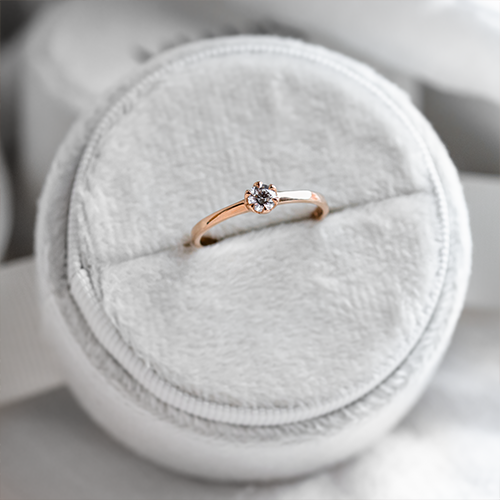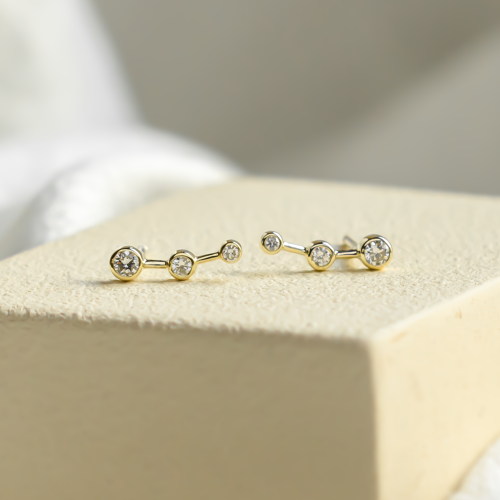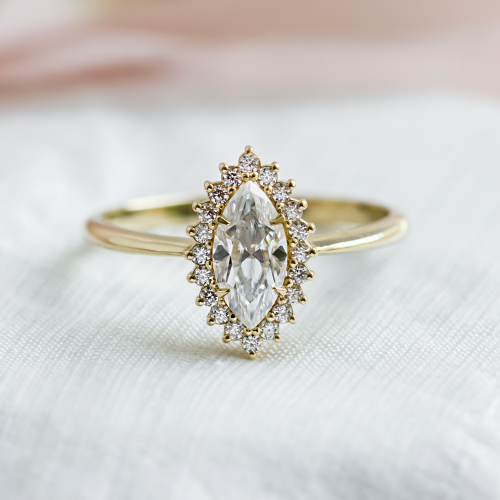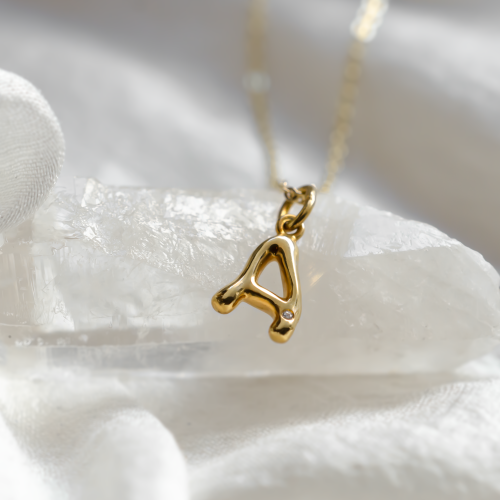How to recognize a diamond?
Thinking of buying diamond jewellery? Then it is definitely worth knowing whether you are holding a real diamond or a "pretend" diamond. The differences are sometimes subtle, but it's a worthy investment to keep your eyes open. You may come across imitations on the market that look similar but are definitely not of the same value. So what to look for when choosing? In this article, we'll tell you how to identify a diamond, how it differs from a cubic zirconia, and how to check its authenticity so you don't get blindsided when buying one. A diamond is undoubtedly one of the most famous and prized gemstones in the world. And no wonder! These gems were formed hundreds of millions of years below the surface of the Earth. making them not only beautiful, but also extraordinary natural phenomena. Most people associate diamonds with luxury, romance or significant life moments such as engagements, weddings or anniversaries. The symbolism of eternity, purity and unbreakability probably helps. Just say it yourself – getting a diamond jewel for such an occasion is simply a dream come true! But popularity in society is not the only reason why almost every lady dreams of diamonds. In fact, natural diamonds are also exceptional in their qualities. It is the hardest natural material. Thanks to this, diamonds retain their brilliance and beauty even after many years of wear. And when you add in their graceful beauty, it is not surprising that so many women aspire to own diamond jewellery.
What is a diamond?
|
|
|
|
TIP MIALIS: If you would like to learn more about diamonds themselves, read our article.
In addition to classic diamonds, you may also come across lab-grown diamonds with more ethical origins. But while they can be created in labs today, natural diamonds still remain the rarest and most desirable.
Visual properties of a diamond
A clear, sparkling gemstone can simply captivate with its charm. But it is not only the sparkle that contributes to its elegance and quality. Its beauty is judged by experts according to the so-called 4C rule:
Cut
Clarity
Colour
Carat
These four characteristics together determine the aesthetic beauty and overall value of a diamond.
|
|
|
|
Cubic zirconia – the most common imitation of a diamond
The most common double of a diamond is cubic zirconia in usually available jewellery. This synthetically produced stone is characterized by a very low price, but similar optical properties to a diamond – a clear, shiny, polished stone. And it is the one that, at first glance, can look very similar to a diamond to the non-specialist eye. In the end, it is still a cheap imitation, which cannot be compared to a diamond.
Cubic zirconia has a different structure and hardness (approximately 8 or 8.5 on the Mohs scale). In addition, it scratches and tarnishes easily. The play of light is also different. Cubic zirconia has a more iridescent shimmer similar to glass. It is therefore only a visual illusion that resembles a diamond, but it can certainly never take the position of an equal substitute.
And how to recognize a diamond from a cubic zirconia?
This question interests a lot of people. However, we would like to first state the truth that you will hardly find natural zircon on jewellery. In fact, it is many times more expensive than cubic zirconia, which is most commonly used as a cheap alternative to diamonds. At best, you can have the authenticity of diamonds verified by a jeweller. There are a few other methods you can try yourself.
1. Fog test
If you breathe on the stone closely, you can tell if it is a diamond.
The diamond should not fog up at all or only momentarily.
Zirconias and other stones will stay fogged longer.
2. Sparkle and shine
If you have a keen eye, you can check how the stone sparkles. Diamonds have a sharper sparkle, while cubic zirconia looks more glassy and has more iridescence. In this case, however, you'd probably need both gems to compare – but you're not likely to be able to tell them apart with a non-professional's eye.
3. Submersion in water
It is very unlikely that you would get two separate gems directly into your hands. However, if this does happen, you can submerse them in a glass of water. The stone that will immediately fall to the bottom is the diamond. The imitation will float on the surface or sink more slowly.
4. More dangerous variations
There are more ways in which you can identify a diamond from a cubic zirconia. Either by a quick dip in hot and then cold water, or by the scratch test. Diamonds should be able to withstand this behaviour. But we certainly don't recommend trying such things. You risk rapid and permanent damage to your precious jewels.
|
|
|
|
How to make sure you don't get fooled?
If your dream is to own diamond jewellery, we have the most important tip for you: only buy from verified and trusted sellers. Believe that such advice is the most important. Because jewellery shops that are serious about quality should be able to provide you with a certificate of authenticity of the diamond issued by a reputable gemological laboratory (e.g. GIA, IGI, HRD). The certificate should contain information about the size, colour, clarity and cut of the stone. And this way you can be sure that you have not been cheated in your purchase.
This is exactly the kind of jewellery you will get here at Mialis. And because we do not work with cheap substitutes, but with premium materials, we really stand behind the quality of our original jewellery. In addition, every piece of jewellery from our studio comes with a certificate of authenticity and a hallmark from the Czech Assay Office. So you don't have to worry about it with us.
TIP MIALIS: If you are looking for a beautiful alternative, you will definitely not come across zirconia here. But for a cheaper and more ethical alternative, you can choose between jewelry with lab-grown diamonds or moissanites.
And if someone offers you ‘diamond’ jewelry at a suspiciously low price without any proof, beware. Most likely it is not a real diamond, but a cheap substitute, often just cubic zirconia. And while they may look similar at first glance, they are definitely not worth acquiring in the long run. And from our own experience, we do not recommend so-called zircons.
The right diamond will find you
When choosing diamond jewellery, take your time and don't be pushed into anything. Such a purchase is an investment, not only financially, but also emotionally. Most of the time, these accessories carry a piece of a story. And thanks to their durability, they can become a family jewel that will be passed down for generations.
Take a look at the unusual jewellery in our e-shop. Or make an appointment and come by our Mialis jewellery studio in the centre of Prague. We will be happy to help you choose. And if nothing strikes your eye, we'll be happy to make you a custom jewellery – the one that matches your ideas.

